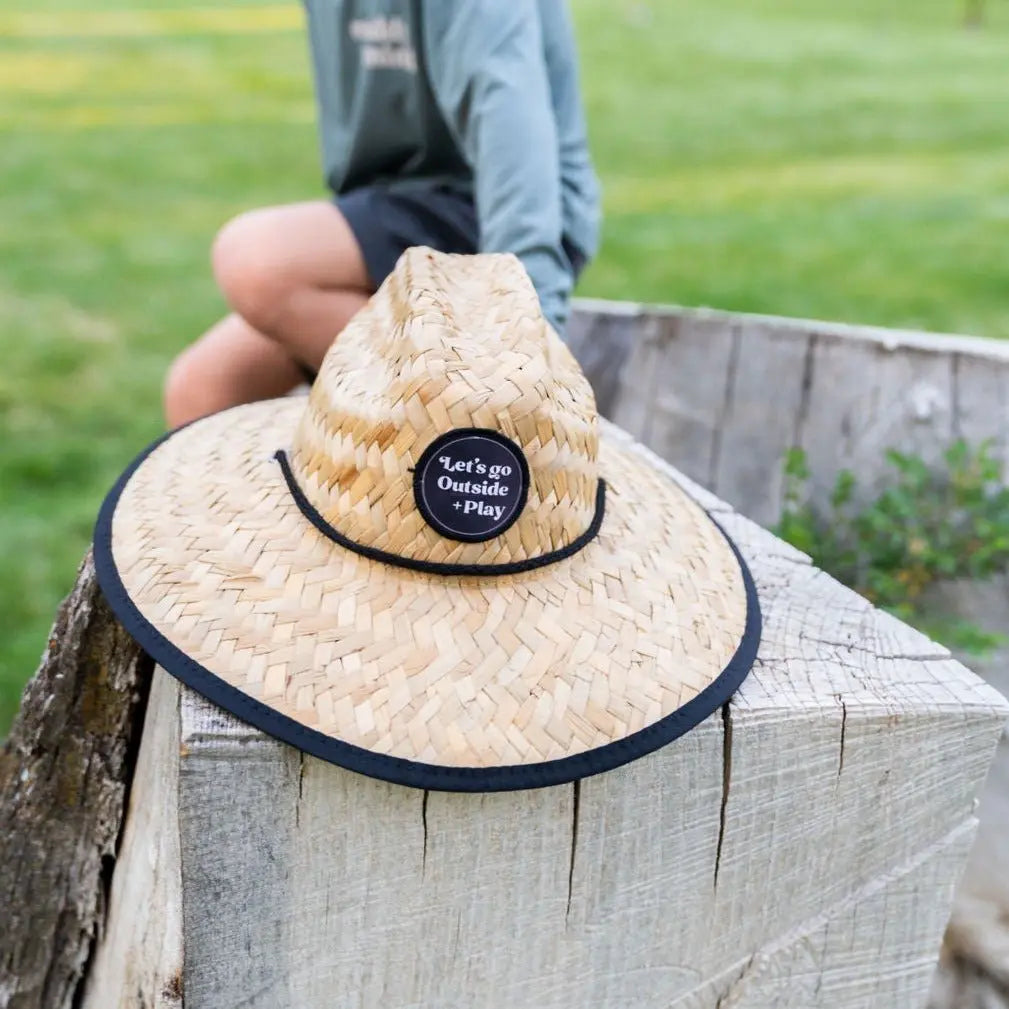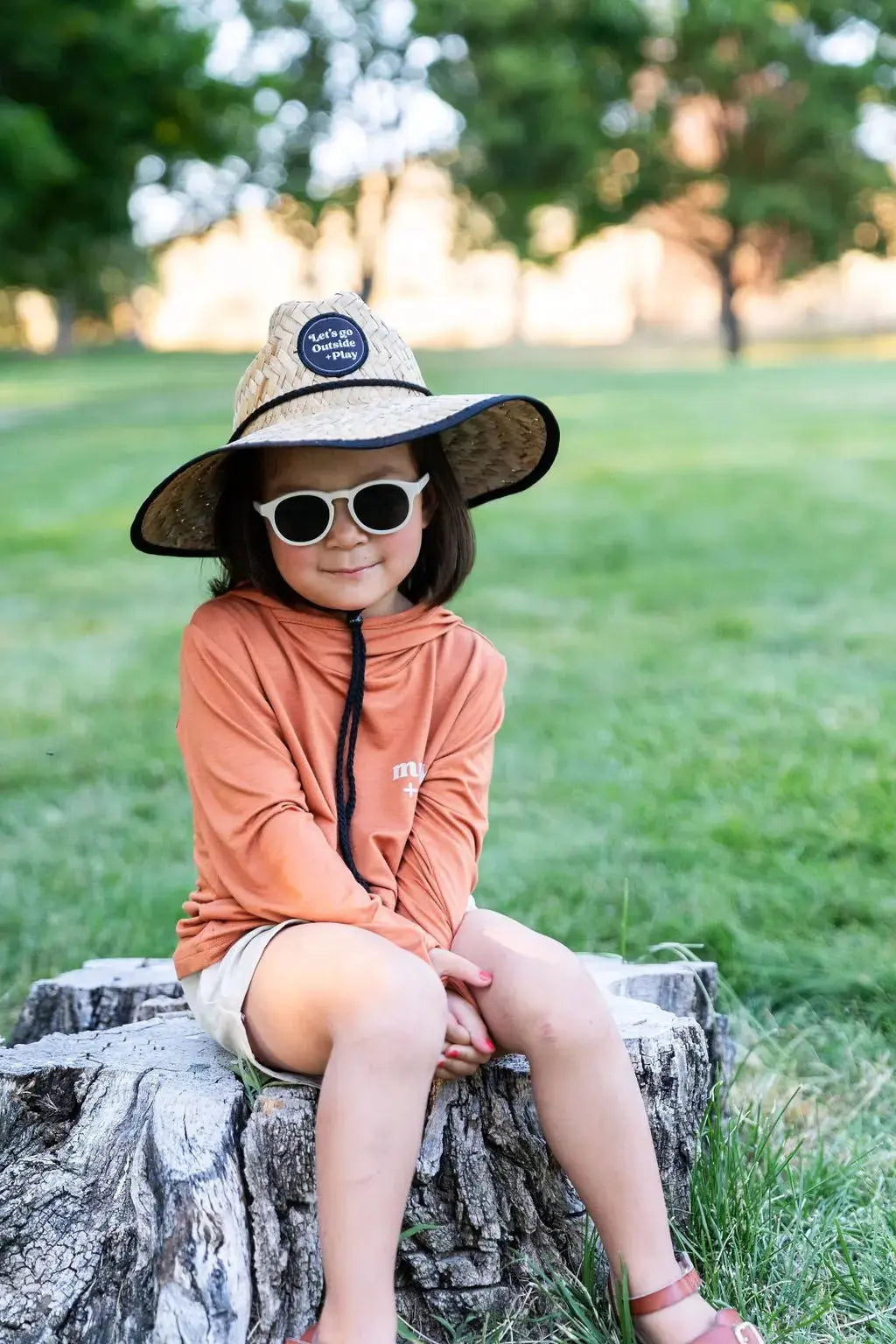Up to 30% off on ONE shirts and Rash guards when you get one for you and one for your little one to match. Automatically applies at checkout.

How to Get Kids to Love Outdoor Play (Even If They Prefer Screens)
How to Get Kids to Love Outdoor Play (Even If They Prefer Screens)
In today’s digital world, getting kids outside can feel like a battle. With screens providing endless entertainment, convincing them to swap a tablet for a tree climb isn’t always easy. But the good news? You don’t have to force it. Here’s how to make outdoor play more engaging and enjoyable—even for kids who prefer screens.
Why Outdoor Play Matters More Than Ever
Spending time outside isn’t just about fresh air; it’s essential for a child’s development. Outdoor play:
🌿 Boosts Physical & Mental Health – Fresh air, sunlight, and movement improve mood and energy levels.
📚 Encourages Creativity & Problem-Solving – Unstructured outdoor play fosters independence and imagination.
🛏 Improves Sleep & Focus – Exposure to natural light regulates sleep cycles and enhances attention spans.
Learn more about how outdoor play improves sleep in kids.
Read the American Academy of Pediatrics’ guidelines on the benefits of outdoor play.
Step 1: Make Outdoor Play a Reward, Not a Punishment
If outdoor play is framed as a “break” from screens rather than a punishment for using them, kids will be more receptive.
✅ Pair Screen Time with Outdoor Play – 30 minutes of screen time earns 30 minutes of outside time.
✅ Let Kids Pick the Activity – Whether it’s riding a bike, climbing a tree, or making mud pies, giving them control increases enthusiasm.
✅ Turn Outdoor Play into a Privilege – “After school, we get to go to the park!” makes it sound exciting rather than mandatory.
💡 Pro Tip: Create an outdoor play jar filled with activity ideas so kids have a say in what they do outside.
Step 2: Blend Technology with Outdoor Play
Rather than banning screens, use them as tools to encourage outdoor exploration.
📸 Nature Photography – Let kids use a phone or camera to take pictures of cool bugs, leaves, or clouds.
🗺 Geocaching Adventures – Turn outdoor play into a real-life treasure hunt using GPS.
📱 Educational Outdoor Apps – Try stargazing apps, bird identification apps, or augmented reality nature games.
Step 3: Create an Outdoor-Friendly Home Environment
If going outside feels like a hassle, kids will avoid it. Make outdoor play effortless:
🏡 Backyard Play Zones – Set up a simple play area with logs, rocks, and a small garden for sensory play.
🎒 Always Have a Go-Bag Ready – Keep a backpack with sunscreen, water, and adventure tools by the door.
⏳ Remove the Barriers – Let kids play in any weather by providing the right gear for rain, snow, or sun.
Step 4: Make Outdoor Play Social
Kids are more likely to enjoy outdoor play when they have friends to share it with.
👫 Host Playdates in the Park – Meeting friends outside makes it more exciting.
🏕 Join an Outdoor Club – Hiking, fishing, or adventure groups offer structured social outdoor play.
⚽ Organize Family Games – Simple activities like relay races or scavenger hunts make outside time interactive.
💡 Pro Tip: Invite a friend for a “screen-free challenge” and let kids compete in fun outdoor tasks.
Learn how to start a family-friendly outdoor club.
Step 5: Let Kids Take the Lead
Kids resist when they feel forced, but they engage when they feel ownership.
🎨 Encourage Open-Ended Play – Give them sticks, ropes, or a sandbox and let their imagination take over.
🏹 Create Mini-Adventures – Turn the backyard into a jungle, a castle, or an explorer’s camp.
📝 Let Them Plan an Outdoor Challenge – Ask them to create a nature scavenger hunt or obstacle course.
Final Thoughts: Every Kid Can Love the Outdoors
Even if your child loves screens, there’s a way to make outdoor play exciting for them. By creating fun, low-pressure opportunities and incorporating technology in a positive way, you can help them develop a lasting love for nature.
For more outdoor parenting hacks, visit our Play Outside blog.














